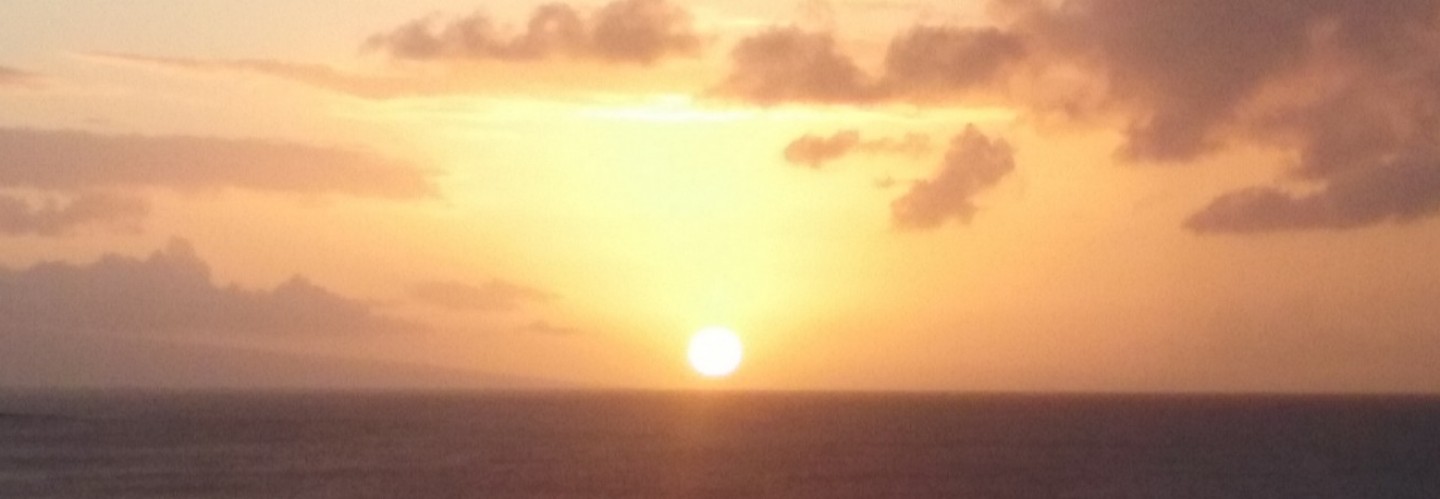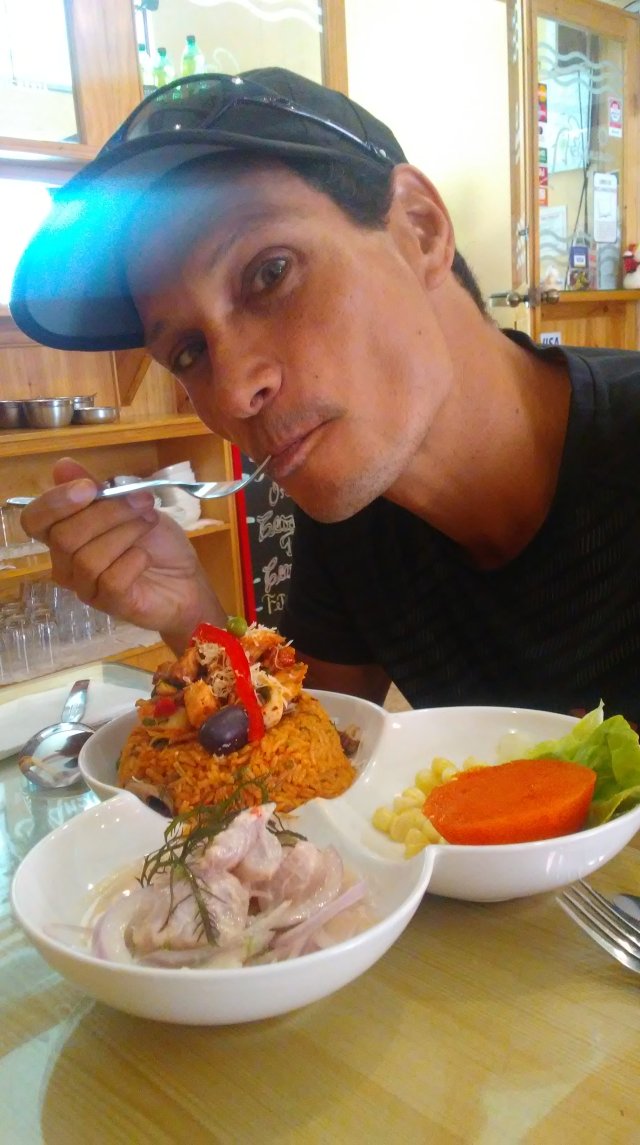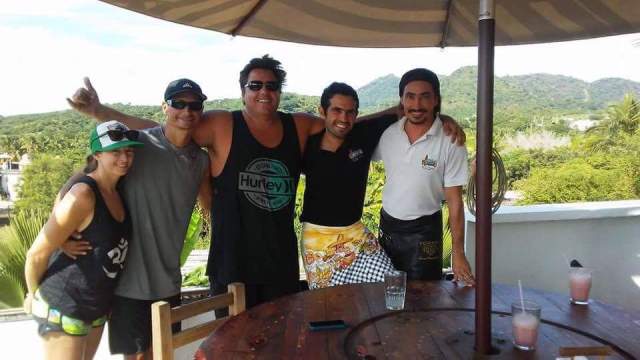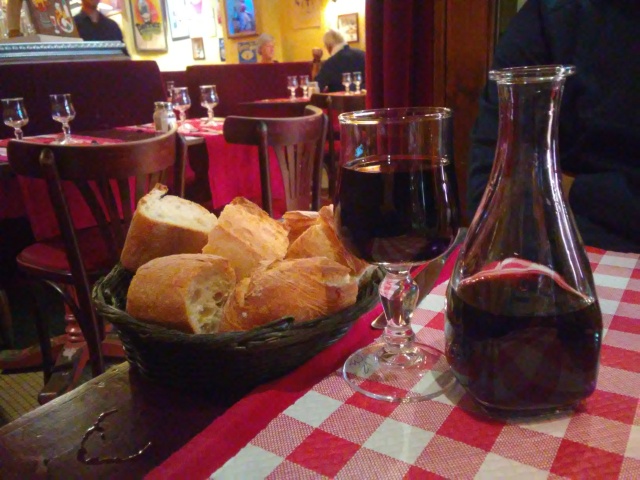
Ireland, I miss you already! Somehow in the short time we were there, Ireland has found itself a permanent place in my heart. Ireland has such a colorful history it would be difficult to sum it up in one short blog post. To give an idea of just how old the culture is, there is evidence that Druids inhabited the island since around 3000 B.C. The Druids worshipped the sun, and one can still find circles of stone, similar to Stonehenge but on a smaller scale. There is also a place called Newgrange where on the winter solstice, a shaft of sunlight illuminates a small tunnel built by these druids. Around 500 B.C., the Celts came to Ireland, and conquered the island quite easily, since the population of the Druids was comparatively small, and the Celts also had iron to their advantage. The Celts originated in central Europe and spread outward, especially into the northwestern regions of Ireland and Scotland. The Celts were a culture, not an empire and so when the Romans began their conquest of Europe, many areas that were dominated by Celtic peoples such as Gaul (France) and Iberia (Spain and Portugal) became part of the Roman Empire. The rest of the Celtic population fled westward, toward Scotland, Britain, and Ireland. The Roman empire eventually reached as far as Britain, but they decided not to attack Ireland because it wasn’t worth the effort. This is why the Irish and Scottish languages remained Celtic and did not evolve into a Romance language like Spanish, French, German or Portuguese.
But on to more present times… we arrived in Dublin, and after renting a car we headed west. This was a bit of a challenge, since it was a manual drive and everything was on the left side. Add to that tiny roads with no shoulder and roundabouts everywhere and you get a very nervous Renata. Somehow with only one minor curb incident we made it to Tullamore, a small town about halfway across Ireland, where we spent the night. In the surrounding area lies Kinnity Castle, which was originally built in the 1200’s. We took a very green and damp hike to Kinnity Castle, where we stopped by for a Guinness and a cup of tea. It was quite an experience! The castle had been refurbished and made into a hotel, keeping all antique furniture, and even a red carpet inside the entrance to really make you feel royal. There were very posh seating and dining rooms, as well as a small bar in the old library. Ted (of course) requested a Guinness and I had a lovely cup of tea, and we enjoyed feeling fancy, surrounded by very tall windows and very old books.
The next day we headed to Galway, where we met up with Father Deacy, who has been a friend of Ted’s family for many years. His home is the St. Augustine Cathedral which is a surprising haven of peace and quiet in the center of the bustling downtown of Galway. Father Deacy took us on a walking tour of Galway, telling us stories of Ireland’s past as he pointed out buildings that used to be castles and various other historical objects. Galway was known as the “city of tribes” because there were so many different tribes in the area. Which is why there were so many castles, since they were always attacking each other. Nowadays, the castles have been repurposed as banks, coffee shops, or other businesses. For example, the Lynch Castle is downtown (now it’s a bank), and so he told us the story of Lynch and why we use the term “lynch mob” and what it means to “lynch” someone. Many years ago, a young man with the last name of Lynch raped a young girl who was visiting from Spain. Details are unclear and the story varies depending on who’s telling it, but he may have killed her or another guy as well. It just so happened that his father was the town judge. Everyone was afraid what Judge Lynch might do and no one wanted to have a trial, and in the end the judge just took his son and hung him himself. So from then on to hang someone without a trial was to “lynch” them.
Father Deacy was an endless source of local history, and we are grateful to have been able to spend two days with him in Galway. Galway itself is a University town with a lot of personality. The streets are filled with “buskers” (street performers) and music from the pubs spills out into the street along with swarms of people, both tourists and locals. As one person we met said, “There’s always something going on in Galway.”
After Galway, we headed south towards the Cliffs of Moher, which was an absolute spectacular work of art from Mother Nature. The Cliffs are the tallest on the European continent. Words don’t do it much justice so I’ll just show the pictures here-
From there we continued on to Lisdoonvarna, where they were hosting the annual Matchmaking celebration. In the past, farmers in the area would spend most of their time in the fields and not have much time for dating, which is why they decided to have a festival. Years later it is just as popular, and that night we saw many an inebriated individual singing loudly along with the local band. We spent the night in Ennis, the closest larger town (since it’s impossible to get a room anywhere Lisdoonvarna during the festival). So we booked an Airbnb bedroom and met a very nice couple who recommended a hike in The Burren, which we did the following day.
The Burren is a stark, treeless landscape made up of limestone which has been sculpted into clints and grykes. Yes, those are real words. Limestone is compacted sediment that actually dissolves under slightly acidic conditions, so when rain pools on the rock, it wears it down into lines and holes (grykes) and the remaining chunks (clints) stick up all over the landscape. We enjoyed our walk in the mystical Burren before heading back towards Dublin for our final day in Ireland (sigh). Ted said it looked like the moon, except with grass.
Our final day in Dublin was mostly spent walking around (and yes, buying a few souvenirs) and also visiting the University to see the Book of Kells. This is still one of the oldest books that exists today, compiled around 800-900 A.D. The artwork in it is amazing and must have been very time consuming. It loosely parallels the bible. Though we were not allowed to take photos, I did download some for your viewing pleasure.
Ireland was a blast and we had the opportunity to meet and stay with some wonderful people. Go raibh maith agat (thank you) to Ireland and her people!




























































































































































































































































































